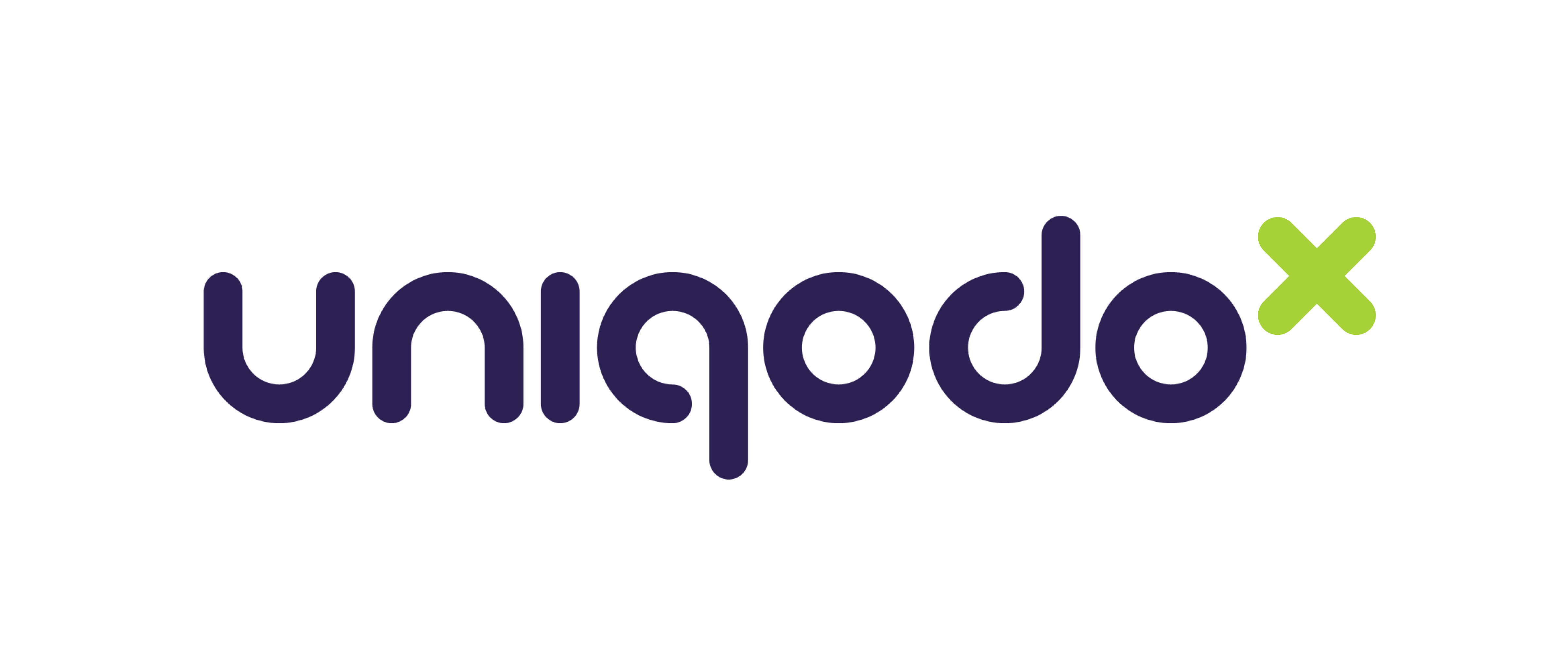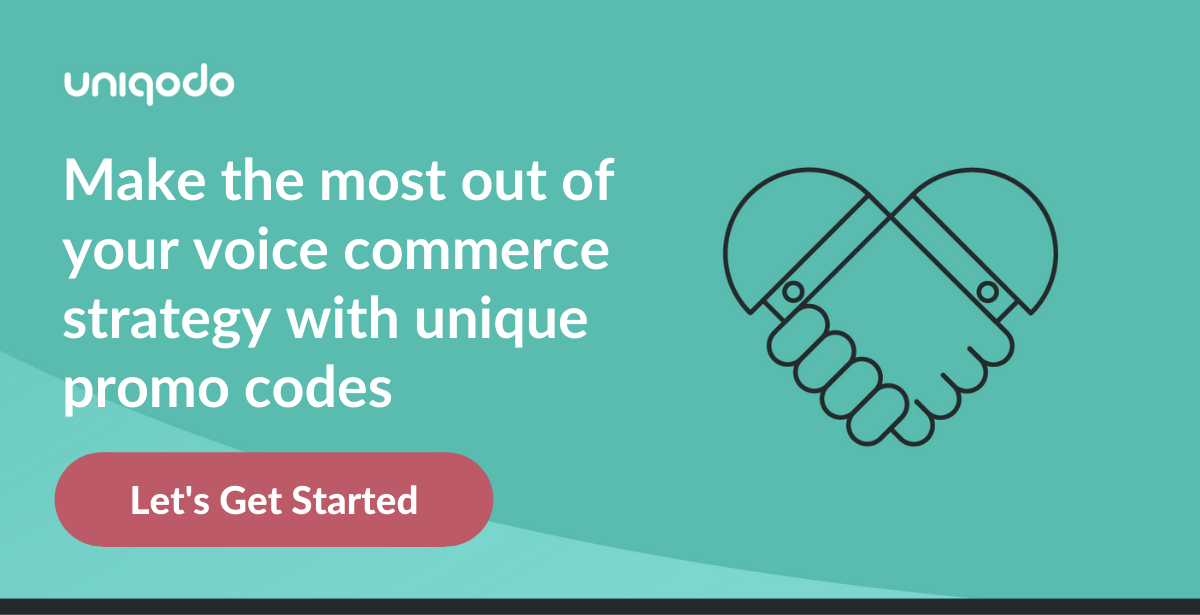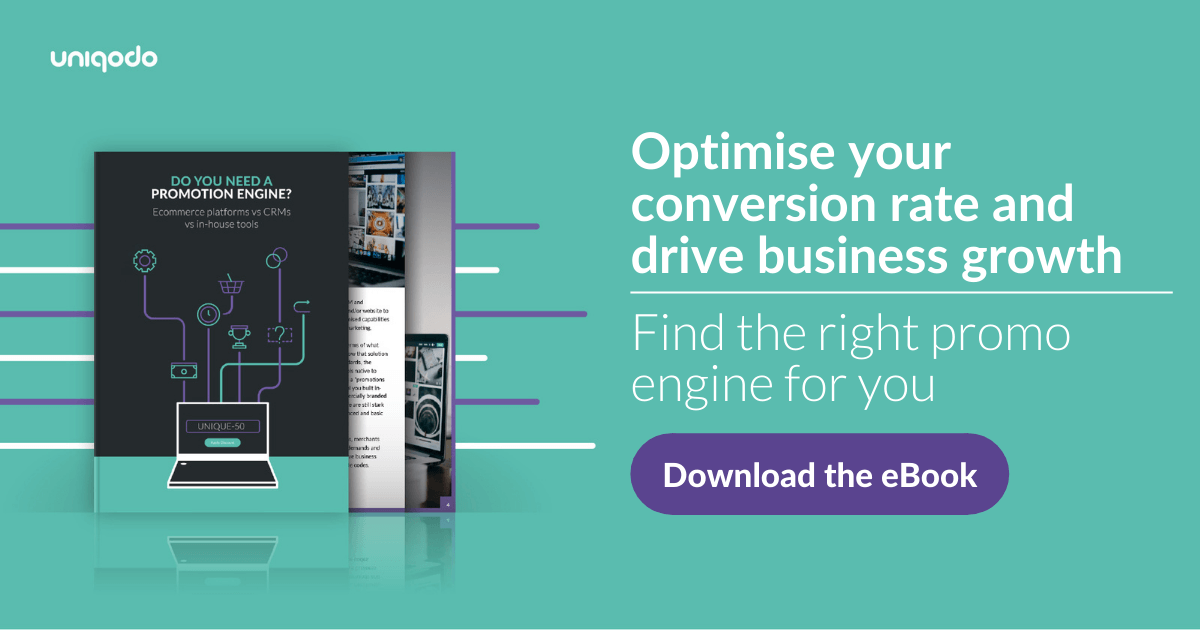The average website conversion rate is only 2.35%. It’s important that marketing managers push to achieve more — whether that’s the 5.31% conversion rate of the top 25% of companies or even increasing your rate by a single percentage, which will actually double your revenue.
It goes without saying that you should tailor your digital experience to the needs and motivations of your customers, but going above and beyond that will put you ahead of your competition. There are some emerging innovations that you should look out for as new ways to engage with customers and activate your marketing campaigns on site.
This article will cover conversion rate optimisation (CRO) opportunities to help you either hit the baseline rate or push it to another level above 2%.
1. Voice commerce
This is the term used for online conversions that have been completed with the help of voice commands and voice search. The reason it’s becoming such an important trend to get involved in is the huge rise in devices that offer voice command technology.
Nearly 50% of all web searches are made by voice, including searches for retail products and services. Of course, there’s Siri on Apple products but it’s also predicted that 50% of homes will have smart speakers (like Alexa or Google) by 2021 and that the use of smart assistants on search engines will grow 1,000% in the next 5 years.
It’s critical to understand where and how your customers are finding your products so you can target those tracks and offer them attractive and efficient ways to convert through that stream. One of those places is undoubtedly through voice — dubbed the “new interface”.
How retailers can utilise voice commerce
-
Promotional marketing tactics: A great way to incorporate voice in your promotional marketing strategy is to deploy vouchers through voice commands. This is where a company like Voice Vouchers comes in — creating personalised, voice-driven vouchers that enable consumers to search for brand promotions through voice.
-
Connect with hands-free shoppers: Shoppers who use hands-free services provide a unique opportunity for your voice-assisted marketing. By listing your offers and information on Voice Vouchers, for example, you make it easier for customers to find deals on your products while browsing, turning people from window-shoppers to converters.
-
Multi-layered marketing experiences: Smart devices and their voice command capabilities allow you to blend your voice vouchers with voice skills (capabilities delivered by a voice-triggered app, e.g. ‘Spotify connect’). This is particularly exciting when considered as a call-to-action in your advertising.
Top tip: Add a voice voucher call-to-action at the end of your TVC to encourage adoption and engagement in the moment, turning traditional brand advertising into performance spend.
Voice vouchers are an exciting way to invite more customers to purchase and improve your conversion rate.
-
Innovating personalisation strategies: A personalised shopping experience is a huge driver of conversions. That’s why it’s key to incorporate customisation into each stage of your marketing strategy. The same goes for voice commerce. Make sure that your voice-enabled vouchers and retail suggestions are directly linked to your customer’s preferences and you’ll be more likely to succeed. If you want to read more about voice commerce and how you can implement it in your marketing campaign, check out our blog — Voice Commerce: Is It an Opportunity for Retail?
2. GDPR and ePrivacy regulations
Your CRO strategies will need to embrace privacy regulations. Data privacy is becoming one of the most important ways to build trust between you and your customers. If they know their information is safe with you, they’re more likely to continually shop with you and recommend you to other shoppers.
It’s worth putting the work in to ensure that your GDPR and ePrivacy regulations are up to scratch and that you’re completely complying with the guidelines.
What regulations to look out for:
Cookie consent:Cookie consent is moving to being handled by the browser rather than you. This will hopefully mean that your website can move away from the cookie banner that pops up when a user first visits your site.
But if a user chooses to block cookies, it may prove more difficult to implement customer personalisation. First-party consent, though, will definitely help.
-
Soft opt-in measures: The opt-in rule means that if potential customers opt in, you may be able to message them directly. This means you have more opportunity to receive and analyse data from them, and make an impact with your marketing campaign — leading to increased conversion rates!
This legislation is yet to be set in stone. Remember that rules may change. The key is to keep your eye out and begin to prepare how your CRO practitioners will adapt to the upcoming rules.
3. AI and automation
Retailers must leverage marketing automation and the right tech to deliver key CRO outcomes. These outcomes include: better reporting and analytics insights, improved personalisation, and upgraded customer experiences.
Investing in sophisticated, automation tech will solve your biggest problems and streamline your administrative burdens. It will also assist you in pursuing improved conversion rates as simply as clicking a button — as long as you’re using the right conversion rate optimisation tools.
Uniqodo’s Promotions Engine is a great example of how AI-driven tech does this. It has its own analytics reporting dashboard, A/B testing capabilities and automated generation of personalised promotions — all of which help deliver key outcomes and increase your conversion rates.
Ways that automation improves conversion rates
Dependable user experience will encourage your customers to convert. There are some particular ways in which AI and automation are improving customer service:
-
Chatbots: Intelligent, 24/7 customer service appeals to customers as well as saving you as much as 30% of customer support costs. With 80% of businesses predicted to have some form of chatbot system this year, you’ll want to offer your shoppers the same.
-
Reporting automation and machine learning analyses: Receiving data on your customers’ interactions will provide actionable insights on how to take steps in the direction of improved conversion rates.
-
Promotional marketing automation: Working with a promotions engine will create opportunities for you to deploy promotions on a large scale and in a range of ways. This will keep your customers interested in your brand and urge them to convert more than they otherwise would.
4. Varied promotion types
Customers are bored with the same standard percentage and money off discounts that most retailers are providing. If you’re looking to attract conversions, it’s time to move to the next level. The answer is to offer a variety of promotions.
75% of consumers say they favour companies that offer rewards and it's becoming clear that customers expect promotions rather than just wanting them. Promotions have become a key way to drive conversions.
How to optimise your conversion rates through promotions
-
Offer conditional promotions: Some examples are “Spend and Earn Loyalty” or “Spend X Amount to Unlock Discounts”. These will help you incentivise specific customer conversions (on distressed stock, for example) and increase checkouts.
-
Provide free shipping: Free shipping offers are the most important factor that shoppers take into account when deciding which brand to purchase from — a pivotal promotion for CRO.
-
Gamify your promotions: Gamification puts the fun back into shopping and is a great way to entice more consumers to convert. Some examples of gamification include: surprise award codes, mystery coupons, challenges like “buy an item of every colour of the rainbow and receive a gift”
-
Create urgency: Products with limited times and availability drive your customers to convert more effectively and more efficiently. The fear of missing out on a limited product is psychologically backed to encourage sales.
-
Personalise your offers: 71% of consumers feel frustrated when their shopping experience is impersonal, which makes customised offers much more likely to lead to conversions.
Remember: Personalisation only works if you’re working with data that’s up-to-date and analysed in real-time. The best way to ensure that is to partner with a promotions engine. If you want to find out more about whether a promotions engine is right for you, check out our eBook — Do You Need a Promotions Engine?
Achieve your outcomes with the right CRO trends
Succeeding in the retail world right now involves keeping track of consumer behaviour and anticipating customer needs to help them convert. It also involves keeping up with the right trends — after all, with more customers using voice commands and expecting promotions, you’d be missing out on conversions if you don’t keep up. That’s why it’s more important than ever to invest in the right technology to help you optimise your conversion rates and speed up your business’ growth.





Subscribe to the Blog